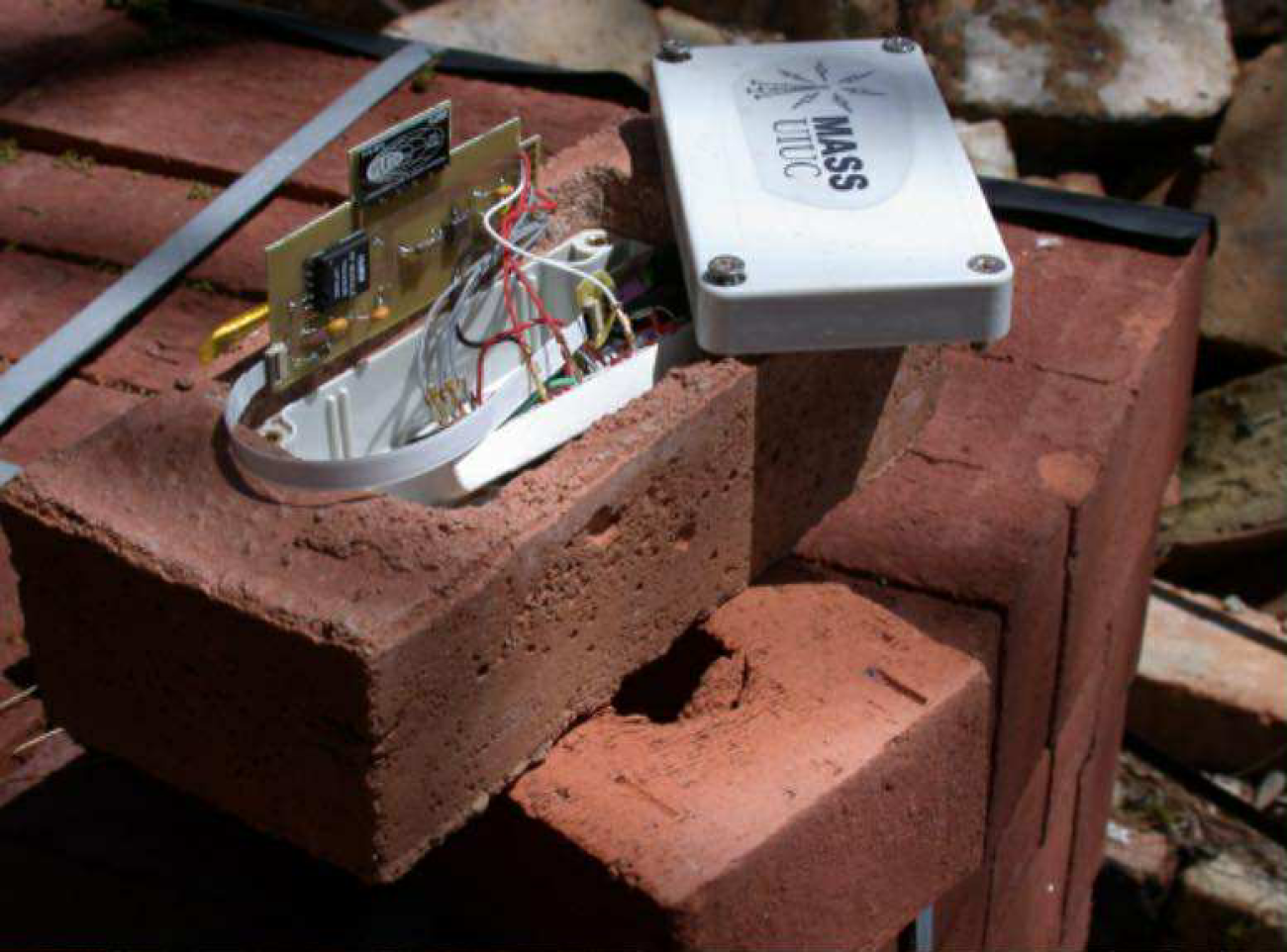

An Integrated Circuit (IC) is a small chip, typically made from semiconductor materials like silicon, that contains numerous electronic components such as:
Transistors
Resistors
Capacitors
All of these are embedded on a single surface, enabling various electronic functions within a very compact space [1].

An IC can perform roles such as:
Microprocessor – used in computers and mobile phones
Signal amplifier – used in audio and television systems
Oscillator – used in digital clocks and RF circuits
Data storage – as in RAM or ROM memory devices [1]
ICs can be:
| Type | Applications |
|---|---|
| Digital IC | Computers, phones, automation systems |
| Analog IC | Audio equipment, radios, analog sensors |

A sensor is a device designed to detect a physical, chemical, or biological phenomenon (such as temperature, pressure, light, force, motion, current, sound...) and convert this information into a measurable signal, usually an electrical signal [2].
Detection – Sense changes in the physical environment such as force, temperature, sound, etc.

Conversion – Convert the detected quantity into an electrical signal.

Transmission – Send the signal to a processing device (like a microchip or computer) for analysis, storage, or responsive actions [2].

Smart bricks are innovative construction materials embedded with sensors and integrated circuits (ICs). These bricks can collect environmental data such as vibration, tilt, temperature, humidity, and pressure, then process and wirelessly transmit the data to a central server.
The goal is to turn each brick into a “sensing node” within a structural health monitoring (SHM) network [3].
Choose suitable sensors: e.g., accelerometers (for vibration/tilt), temperature, pressure, or humidity sensors.
Design the control and signal processing circuit: use ICs for functions like sampling, analog-to-digital conversion (A/D), processing, and data transmission.
Integrate wireless transmission modules: usually with a helical antenna operating at 915 MHz.
Note: The circuit board must be compact, energy-efficient, and easy to embed into bricks.
Install AAA or rechargeable batteries for the circuit.
Consider using ambient energy sources (heat, light, motion) to extend lifespan.
Place the sensor board into the brick mold (concrete, clay, or ceramic), fix it using heat-resistant glue or insulating padding.
Protect the board against moisture and minor impacts using a plastic case or epoxy coating.
Pour the brick material into the mold, encasing the sensor board.
Compress or press the brick, then fire (for clay bricks) or air dry (for concrete).
Test physical properties (hardness, durability) and sensor functionality post-casting.
Connect the smart brick to the “mother-node” (central receiver) via radio frequency.
Run software to test signals, validate measured values (temperature, vibration, etc.).
Assess signal transmission efficiency in real conditions (through walls, inside concrete, etc.).
Install bricks in desired locations (floors, walls, staircases...).
Connect bricks into a wireless sensor network if needed.
Configure the system for real-time alerting, data logging, and processing [3].
| Application | Description |
|---|---|
| Civil Structure Monitoring | Track vibrations, tilting, and cracking in buildings, bridges, towers. |
| Fire Safety Monitoring | Detect hotspots and fire propagation via thermal sensors in bricks. |
| Structural Danger Alerts | Bricks in walls/stairs send alerts when deformed. |
| Smart Homes | Used in floors to trigger automatic lighting upon footstep detection. |
[1] B. Academy, "Integrated Circuit (IC)," 2025. [Online]. Available: https://academy.binance.com/en/glossary/integrated-circuit.
[2] Dewesoft, "What Is A Sensor and What Does it Do?," March 4, 2025. [Online]. Available: https://dewesoft.com/blog/what-is-a-sensor. Accessed July 10, 2025.
[3] J. M. Engel et al., "Smart Brick - A Low Cost, Modular Wireless Sensor For Civil Structure Monitoring," Sept 2005. [Online]. Available: https://www.researchgate.net/publication/292049862_Smart_brick. Accessed July 10, 2025.
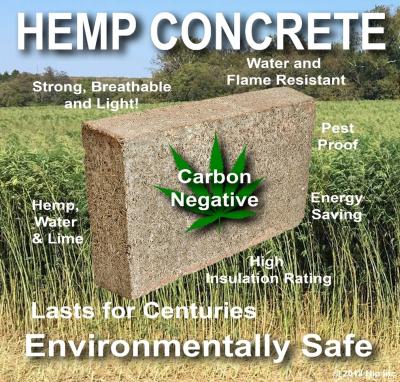
The News 25/10/2025
Hemp-lime (hempcrete) is a non-load-bearing covering material consisting of a hemp wood core (hemp shiv/hurd) combined with a lime-based adhesive, outstanding for its insulation – moisture conditioning – indoor environmental durability; in particular, IRC 2024 – Appendix BL has established a normative line applicable to low-rise housing, strengthening the technical-legal feasibility of this biomaterial.

The News 11/10/2025
Amid rapid urbanization and global climate change, architecture is not only construction but also the art of harmonizing people, the environment, and technology. The Bahrain World Trade Center (BWTC)—the iconic twin towers in Manama, Bahrain—is a vivid testament to this fusion. Completed in 2008, BWTC is not only the tallest building in Bahrain (240 meters) but also the first building in the world to integrate wind turbines into its primary structure, supplying renewable energy to itself [1]. This article explores the BWTC’s structural system and design principles, examining how it overcomes the challenges of a desert environment to become a convincing sustainable model for future cities. Through an academic lens, we will see that BWTC is not merely a building but a declaration of architectural creativity.
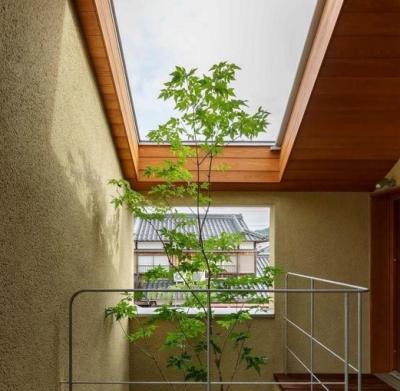
The News 04/10/2025
As buildings move toward net zero architecture and glare free daylighting, traditional glass façades reveal limitations: high thermal conductivity (~0.9–1.0 W/m·K), susceptibility to glare, and shattering on impact. In this context, transparent wood (TW) is emerging as a multifunctional bio based material: it offers high light transmission yet strong diffusion (high haze) to prevent glare, lower thermal conductivity than glass, and tough, non shattering failure. Recent reviews in Energy & Buildings (2025) and Cellulose (2023) regard TW as a candidate for next generation windows and skylights in energy efficient buildings. [1]
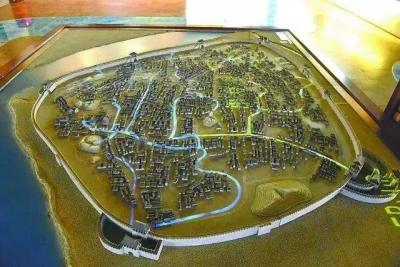
The News 27/09/2025
Urban flooding is one of the greatest challenges of the modern era, when sudden and unpredictable rainstorms can paralyze entire cities. Few would imagine that over a thousand years ago, people had already discovered a sustainable solution: the Fushougou drainage system in the ancient city of Ganzhou, Jiangxi. Built during the Northern Song dynasty, this project remains effective to this day, protecting the city from floods—even during historic deluges. The story of Fushougou is not only a testament to ancient engineering but also a valuable reference for today’s cities seeking answers to water and flooding problems.
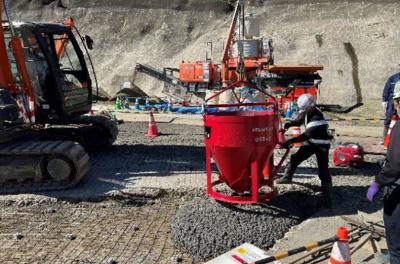
The News 20/09/2025
The construction industry is currently facing immense pressure to reduce carbon emissions, as concrete is not only one of the most widely used materials but also a major source of CO₂ due to its reliance on Portland cement. In response, Shimizu Corporation has conducted extensive research to develop sustainable material solutions aimed at achieving carbon neutrality. One of the most remarkable outcomes is carbon-negative concrete, which partially replaces cement and aggregates with biochar. This biochar is produced from sawdust through a carbonization process and has the unique ability to retain a significant amount of carbon that would otherwise be released into the atmosphere through natural decomposition or combustion. Thanks to this property, carbon-negative concrete not only maintains the necessary mechanical strength for construction but also directly contributes to reducing greenhouse gas emissions. This innovation is considered a promising step that opens new directions for the advancement of green construction in Japan and worldwide.
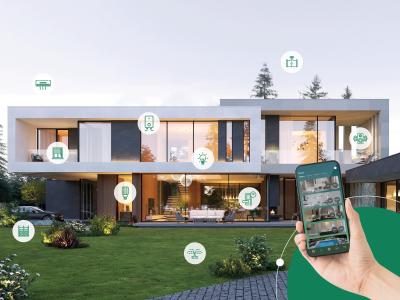
The News 13/09/2025
In the context of rapid urban development, the risk of fire in high-rise buildings, shopping malls, hospitals, and smart homes remains a serious threat. Traditional fire protection solutions are predominantly passive, focusing only on preventing flames from spreading and lacking sufficient early-warning capabilities. This limitation often results in delayed responses to fire incidents, leading to severe losses in both human life and property. Addressing this challenge, smart walls with integrated fire sensors have emerged as a breakthrough innovation, offering a proactive approach to building safety. Unlike conventional fire-resistant walls, these advanced walls not only provide thermal insulation and fire resistance but also integrate temperature, smoke, and pressure sensors combined with IoT technologies to continuously monitor environmental conditions. At the first signs of fire, the system can instantly detect anomalies, send alerts to a central control unit or mobile devices, and activate additional safety mechanisms such as water mist suppression or smoke extraction fans. By transforming passive barriers into “intelligent fire guardians,” this technology enhances building protection, increases the chances of timely evacuation, and minimizes potential damages. With its ability to turn ordinary walls into active safety components, smart fire-sensing walls represent a proactive solution that contributes significantly to the development of modern, sustainable, and resilient buildings.